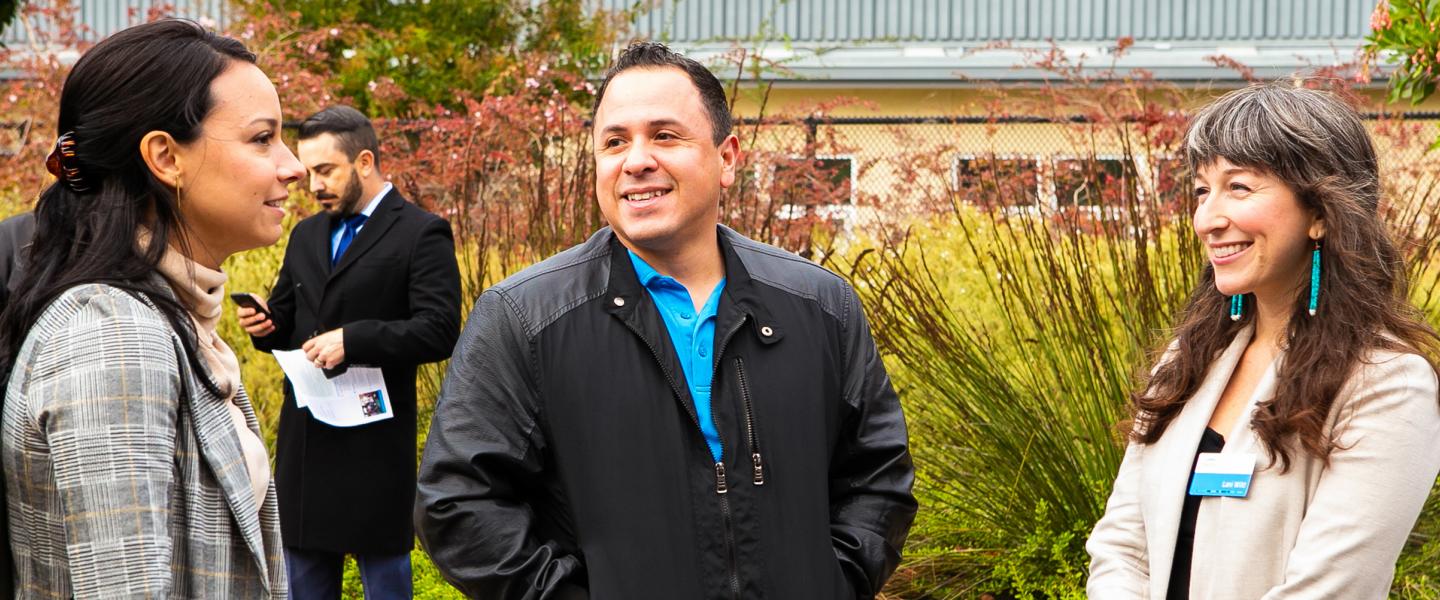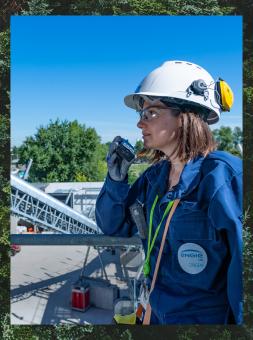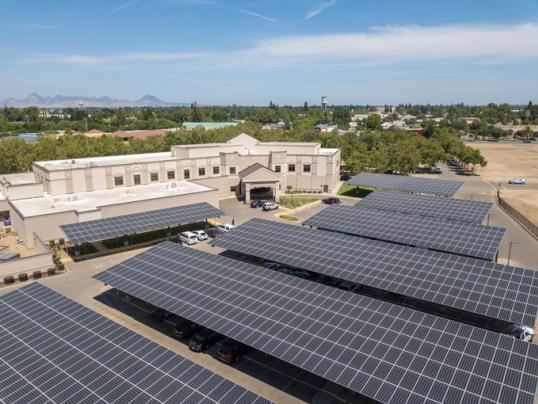Stakeholder Engagement



ENGIE North America takes pride in supporting the communities in which our projects operate.
To make that support truly meaningful, ENGIE North America engages early with local landowners, Indigenous communities, public officials and other stakeholders to inform them of a project being planned in their region, identify local needs and discuss a range of options to achieve their goals.
Working together, we develop plans that include site-specific considerations, community benefits and other commitments to the surrounding area. ENGIE North America strives to develop strategies that reflect the unique environments in which our projects are located and to create enduring relationships and opportunities through our operations.
A stakeholder mapping and engagement framework serve as the foundation of our efforts.
ENGIE North America leverages a stakeholder mapping and engagement framework as well as a corresponding assessment tool to conduct analyses of stakeholder concerns and evaluate our plans. The framework takes into consideration the full engagement cycle – identifying key constituents as well as planning, managing and monitoring actions. It comprises six steps:
- List and describe stakeholders
- Provide context and perception
- Identify and prioritize issues
- Map stakeholders in relation to key issues
- Build action plans
- Ensure follow up and reporting



